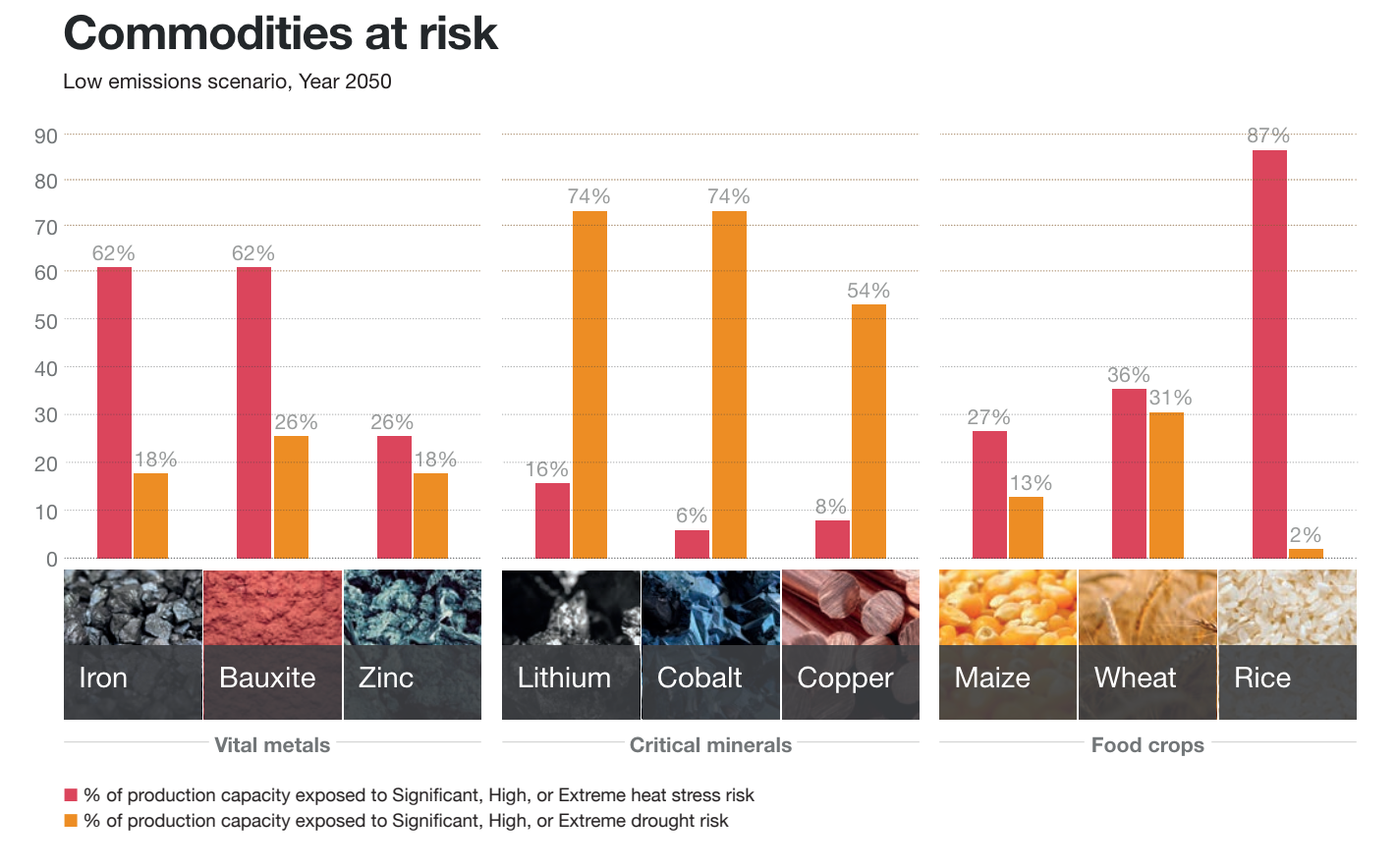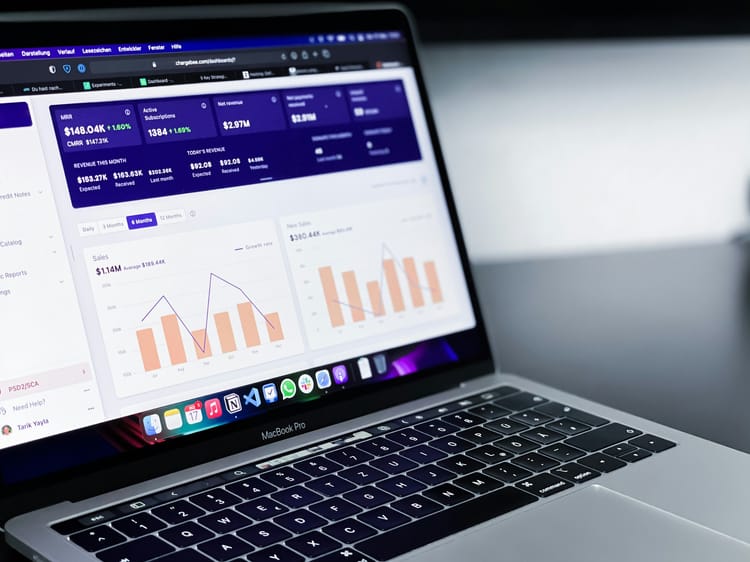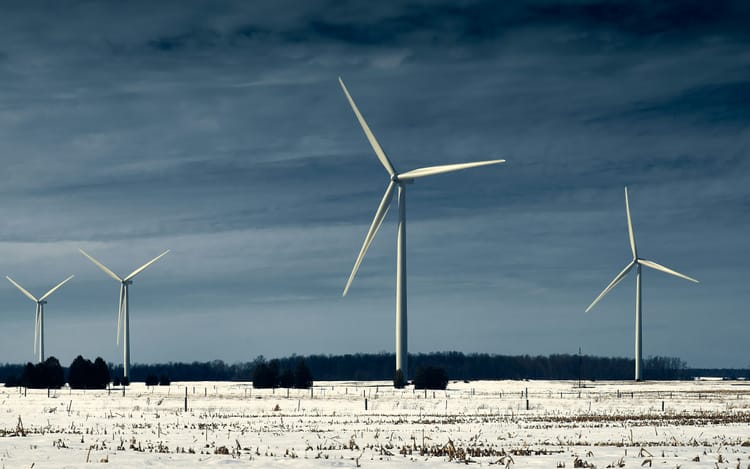Critical minerals supply threatened by climate risk – even under low-emissions scenario

The production of a majority of critical minerals could face disruption due to climate change by 2050, even if emissions were to drop sharply by the end of the decade, a PwC study has found.
More than half of the production capacity for some of the minerals most used in manufacturing (iron and bauxite) as well as those necessary for the net zero transition (lithium, cobalt and copper) will be at significant, high or extreme risk due to heat stress or drought by the middle of this century – even under a low-emissions scenario.
This is the conclusion of PwC’s latest report on climate risk for nine key commodities, which emphasises the need for companies to protect their workforces and physical assets against these future disruptions.
Food crops such as rice, wheat and maize, which together account for 42% of the calories people eat, also face significant risk due to their highly concentrated production in key countries such as China, India and the US.

In many cases, climate risk is set to rise sharply from low levels today (near zero for cobalt and lithium, 2% for rice) to very high levels in 2050 (74% for cobalt and lithium and 87% for rice). This means commodity producers will need to quickly adapt to risks that they may have little experience in managing.
“Even if global carbon emissions rapidly decrease, climate disruption poses a serious and growing threat to the world’s ability to produce essential commodities – including food as well as materials that are themselves essential to the net zero transition,” said Emma Cox, PwC UK Climate Leader.
“While CEOs are taking action to both cut emissions and adapt to climate change, more needs to be done. Businesses need to understand their dependencies and impacts, then work with governments and communities to transform their consumption and production patterns. This is crucial not only for the ongoing success of individual businesses, but also for the overall health and prosperity of the global population.”
Climate resilience and adaptation becoming a priority
According to PwC, 47% of CEOs are already taking proactive measures to protect their workforces and physical assets from climate change, but more needs to be done.
The consultancy offers a three-step strategy to increase climate resilience: starting with identifying and managing risks to avoid economic losses, then capitalising on opportunities to help the world adapt, and finally shaping collaborative outcomes to protect communities and ecosystems.
For Nathanial Matthews, CEO of the Global Resilience Partnership, companies should spend the same budget on climate resilience as they do on mitigation measures such as greenhouse gas emissions reduction. “I think it has to be 50/50. Because again, if you're not investing in adaptation and resilience, you'll completely derail your mitigation efforts, I think that is clearer than ever before now,” he told CSO Futures in February.
Studies have found that investing in climate adaptation (particularly water management) pays off at a benefit-to-cost ratio of up to 53:1 for companies.
Read also: Climate resilience approaches (and budget considerations) for Chief Sustainability Officers







Member discussion